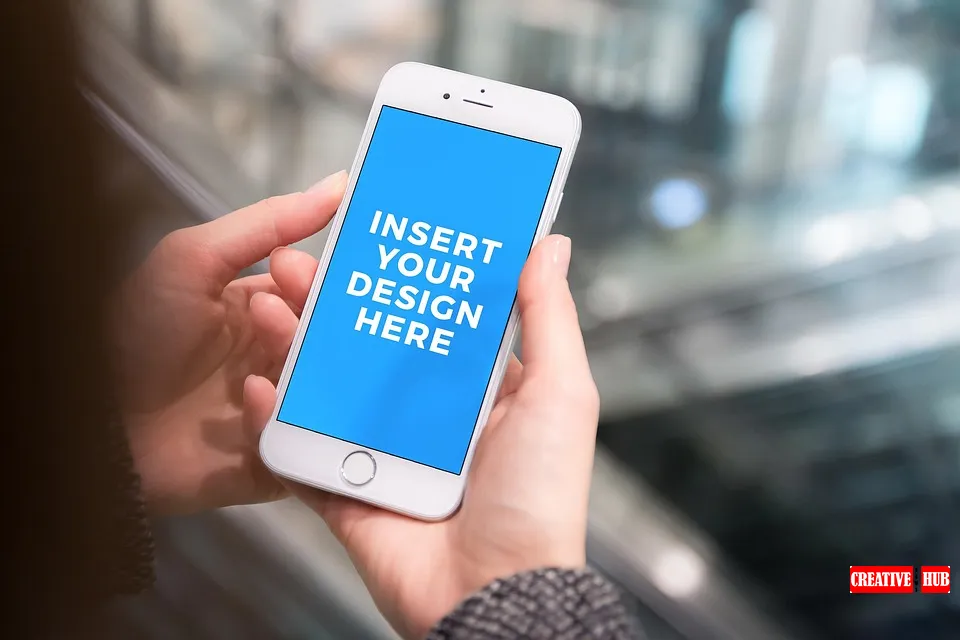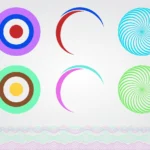Lead
Design leaders across the world are bringing the physical world back to our screens. From banking apps that stack digital cards like a wallet to spatial interfaces that cast realistic shadows, the industry is leaning on real-world cues to cut confusion and rebuild trust. Apple, Google, and Microsoft have all refreshed their design systems with more depth, texture, and motion—nudges that mirror how objects behave in real life.
The push is not about nostalgia. It is about results: faster onboarding, fewer mistakes, and broader access. As billions of people meet AI agents and spatial devices for the first time, product teams say familiar patterns do what flat, abstract visuals can’t—they help people know what to do next.
Over the past year, major platform updates and app redesigns across the United States, Europe, and Asia have leaned into tactile cues and real-world metaphors. Apple’s visionOS showcases layered windows and subtle shadows—Google’s Material Design 3 spreads elevation, motion, and dynamic color across Android apps. Microsoft’s Fluent Design uses depth and blur to focus attention in Windows. The trend is visible in app stores and on the web, where everyday tools from calendars to calculators now resemble the objects they replace in terms of appearance and functionality.
Why Designers Are Returning to the Real World
Designers are opting for the familiar path because it reduces cognitive load. People bring mental models from daily life to their screens. A toggle switch that looks like a switch tells your brain, “slide me.” A card that lifts as you drag it signals it can move. These visual hints—called affordances and signifiers in human-computer interaction—help users recognize actions instead of having to recall them from scratch. Jakob Nielsen’s usability heuristics have long favored recognition over recall because it speeds up decision-making and reduces errors.
The stakes are rising as more people utilize digital services for health, financial transactions, and government services. Confusion now carries a cost. When layout or labels hide the next step, users abandon sign-ups, misread prices, or fall for scams. Real-world cues support trust by making interfaces feel stable and legible. As Steve Jobs famously said, “Design is not just what it looks like and feels like. Design is how it works.” Today’s shift embraces that idea with quiet realism rather than flashy decoration.
Design is not just what it looks like and feels like. Design is how it works.
From Skeuomorphism to Flat to Spatial: The Design Cycle Turns
A decade ago, skeuomorphism, characterized by leather textures, wood grain, and glossy knobs, fell out of favor. Platforms swung to flat design. It delivered speed, clarity, and a modern look. But it also stripped away many signifiers. Users now had to learn which colored rectangle was a button and which was not. Over time, designers have realized that adding depth and motion helps people scan and act with confidence.
The latest wave does not revive leather stitching. Instead, it blends the best of both eras. Elevation, shadow, and motion provide structure and feedback without the need for ornament. Spatial computing accelerates this blend. In headsets and on large screens, depth is not a theme—it’s a physics model. Objects occlude and scale. Windows cast shadows. Interactions mimic gravity and inertia. When a button lifts and clicks with a soft haptic pulse, the action is felt in both the eye and hand.
The Psychology Behind Familiar Interfaces
Cognitive science supports the move. Hick’s Law tells us that more options increase decision time. Clear signifiers narrow choices faster. Fitts’s Law shows that larger, closer targets are easier to hit. Elevated buttons and larger tap areas improve accuracy. Gestalt principles—proximity, similarity, continuity—explain why subtle grouping and aligned motion help people see systems, not screens.
Affordances and constraints do heavy lifting. A slider constrains motion to one axis. A progress bar fills left to right. A card stack reveals only the top card, signaling a sequence. These patterns align with mental models formed in the real world. They create fluency: the sense that an interface “makes sense” before you read the labels. That fluency reduces anxiety and builds trust, especially for first-time users.

Everyday Apps Are Quietly Relearning Old Lessons
Open a finance app, and you will see digital cards for accounts and spending categories. Pull-to-refresh mimics the action of tugging to get more. A calculator on your phone still looks like a calculator because it works. Calendar apps feature a paper-like grid for the week, with colored blocks that expand as meetings run longer. These choices are not styling; they are communication.
Motion adds clarity. When you drag an item in a shopping list and it snaps into place, the system shows you cause and effect. When a dismiss action slides an item off-screen, it mirrors a real gesture. Haptics reinforce meaning. A gentle tap on success feels different from the sharp click of an error. These small signals reduce uncertainty and cut the need for help screens.
AI Agents Need Visible Rules and Real Signals
As AI spreads in chat apps, productivity tools, and operating systems, discoverability becomes a design problem again. A simple microphone icon invites speech. A blinking cursor in a chat box prompts text. Icons that resemble folders, files, and clips let users predict what the AI can read and write. Clear signifiers set expectations and guard against overreach.
Design teams are also using real-world constraints to bound AI actions. Progress spinners and “thinking” states help users understand latency. Step-by-step previews show what an agent will do before it acts, which reduces fear and improves control. The best pattern pairs natural language with visible levers—chips, toggles, and sliders—so people can steer outcomes without having to guess the correct prompt.
Accessibility and Global Reach Drive Adoption
For 1.3 billion people living with significant disabilities, according to the World Health Organization, clarity is not optional. Strong contrast, clear focus states, and generous tap targets support people with low vision or motor challenges. Tactile cues help those using assistive tech like screen readers and haptics. Real-world metaphors also help people with low digital literacy, who may rely on familiar shapes and motions to learn.
Language and culture matter too. A trash can icon works across markets. A strong underline on a link still signals “tap here.” Realistic sounds—like a soft chime for success—help those who cannot look at the screen. These cues build inclusive products and reduce support costs. They also allow teams to meet legal standards and platform guidelines without sacrificing simplicity.
The Risks of Overdoing Realism
Realism can go wrong. Heavy textures and fake materials increase visual noise and slow down rendering. Overly literal controls, such as skeuomorphic knobs that require circular swipes, can frustrate users on small screens. Designers must avoid dark patterns—shadows that hide costs, motion that distracts from consent, or depth that draws attention away from safety actions.
The balance is clear: use realism to show function, not to decorate. Depth should explain hierarchy. Motion should teach cause and effect. Haptics should confirm state changes. When realism competes with content, it fails. When it guides the eye, hand, and mind to the next right step, it succeeds.
What to Watch Next: Spatial, Haptics, and Standards
Spatial interfaces will push the field forward. Expect more natural shadows, occlusion, and parallax on phones and headsets. Haptic hardware will improve, allowing for a richer “feel” of success, error, and progress. Variable typography and dynamic color will signal state and priority without heavy borders. Cross-platform design tokens will let teams ship these cues consistently.
Standards bodies and platform owners will likely publish more explicit guidance on depth, motion, and accessibility in 3D spaces. Education will follow, with universities teaching designers how to model cognition, not just screens. As AI agents become co-pilots, visible rules and real-world constraints will become a baseline for trust.
The real world never left our interfaces; it only hid behind flat pixels. Now it is back in a smarter form, shadows that explain, motion that teaches, and textures you barely notice because they make sense. The payoff is practical and urgent: faster learning, fewer errors, wider access, and stronger trust in an era when software impacts money, health, and identity.
If design is how it works, then realism is how we show it works. Watch for deeper cues in everyday apps and new spatial devices. The winners will be the teams that use real-world signals to guide action, not to decorate screens. They will make technology feel obvious again—and that is the most persuasive design of all.

Jim Smith is a passionate writer who explores the intersections of arts, design, and technology, with a special focus on education, freelancing, and the evolving world of UX design. His work delves into creative trends, skill-building, and the future of digital innovation, inspiring readers to embrace growth and creativity in the modern era.








